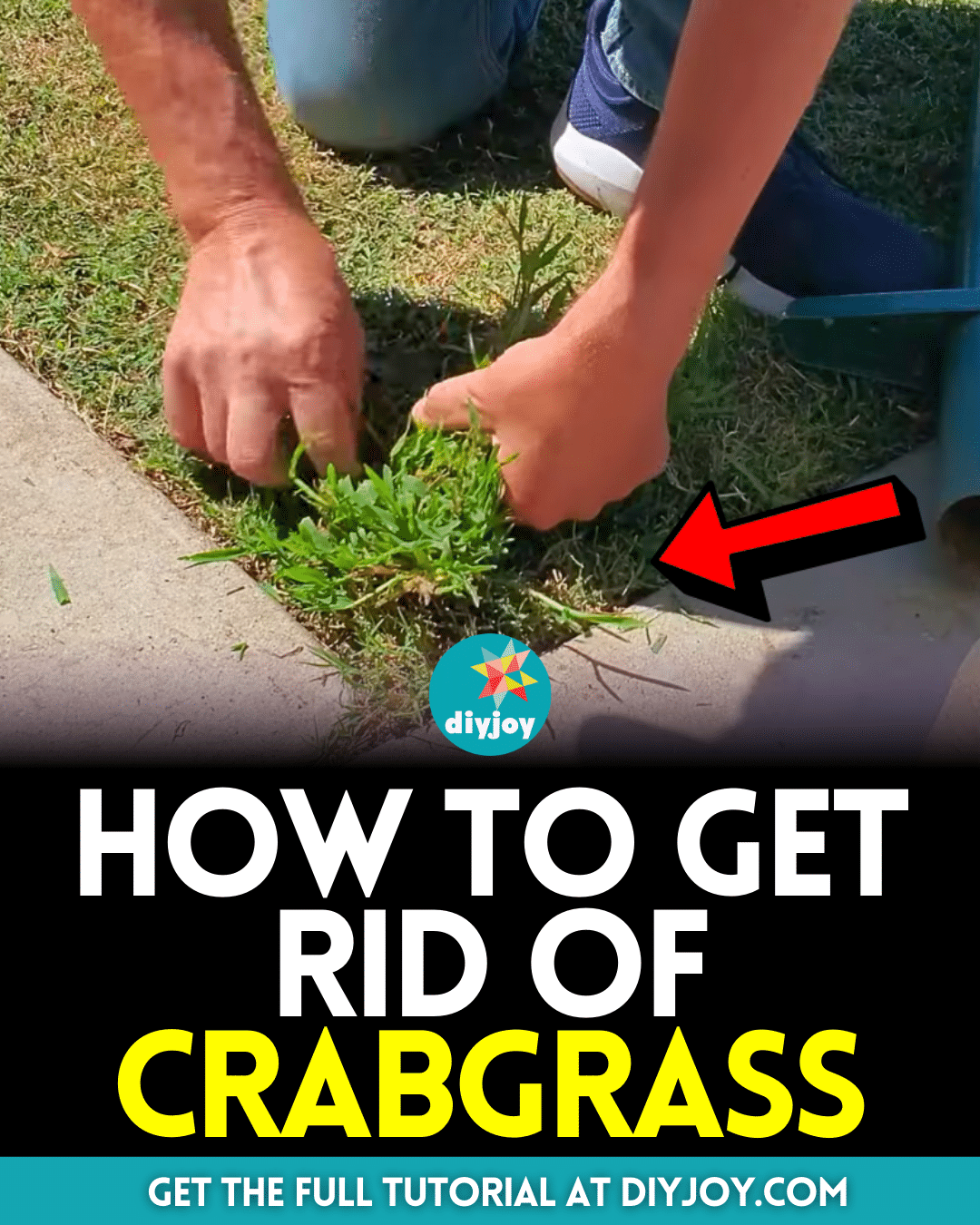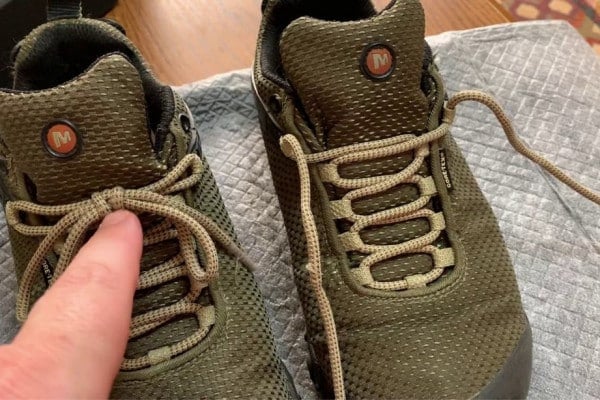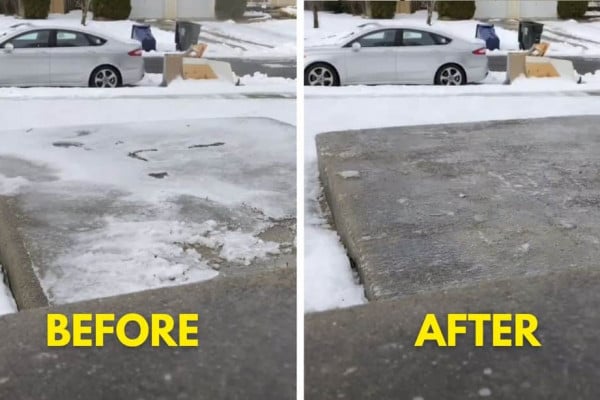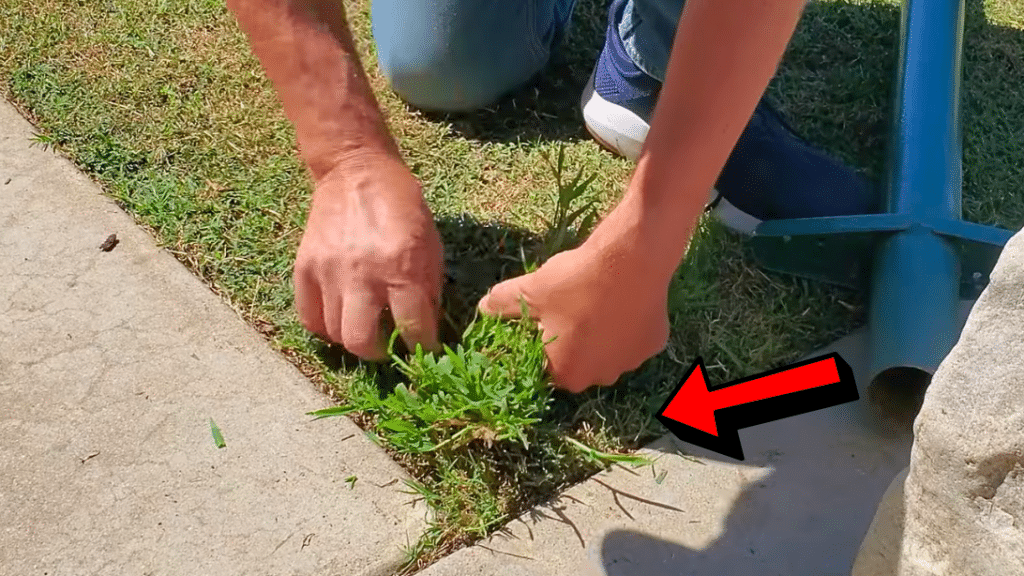
If crabgrass is starting to take over your lawn, you have to get rid of it as early as possible because it can spread quickly and compete with your plants for sunlight, nutrients, and water. Since crabgrass is stubborn and invasive, you have to understand their characteristics and how to properly tackle them so they don’t keep coming back.
RELATED: Easy Homemade Weed Killer Tutorial
With the help of this video tutorial by How to House on YouTube you no longer have to worry about crabgrass dominating your lawn and you will now have lush green and healthy plants. Proceed to read the instructions below and be more prepared the next time you encounter or see crabgrass start to grow.
Tips to Get Rid of Crabgrass:
- Understanding Crabgrass
- Manual Removal Techniques
- Targeted Treatments
- Prevention Strategies
How to Remove Crabgrass in Your Lawn:
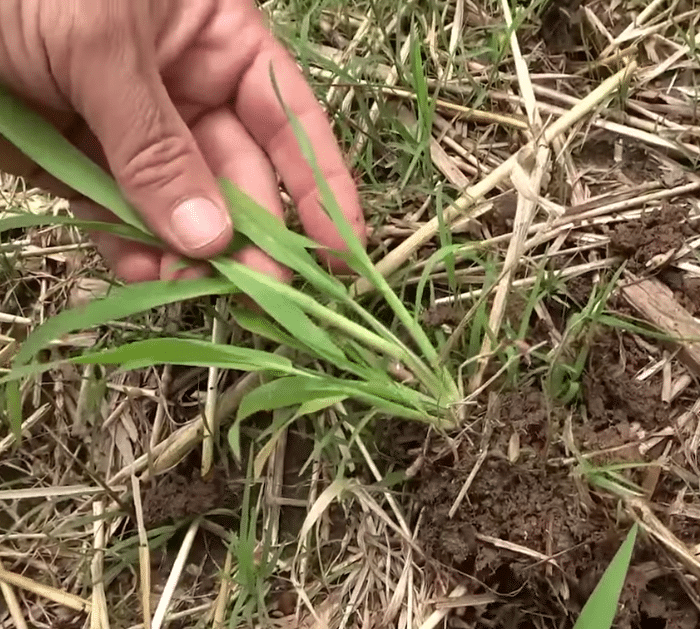
#1: Understanding Crabgrass
Crabgrass is an annual weed that thrives in warm-season climates. It’s low-growing, can spread out, and has a crab-like appearance. Crabgrass can quickly invade lawns, flowerbeds, and garden spaces, competing with desirable plants for nutrients, water, and sunlight.
#2: Manual Removal Techniques
For small infestations or areas where herbicides aren’t an option, manual removal is effective but labor-invasive. When crabgrass is still small, grasp it at the base and gently but firmly pull it, make sure that you remove the entire plant including the roots. For larger crabgrass plants, use a garden tool like a weeding fork or hoe to dig out the plants.
#3: Targeted Treatments
If prevention and manual removal aren’t sufficient, targeted treatments can help eliminate crabgrass. Post-emergent herbicides are designed to kill actively growing crabgrass while selective herbicides target crabgrass while sparing desirable turfgrass species. Apply them according to the label instructions and make sure to avoid spraying desirable plants.
#4: Prevention Strategies
The most effective strategy is to prevent crabgrass from taking root and you can do this by maintaining a healthy lawn. Mow your grass at the appropriate height, then water it deeply but infrequently to encourage deep root growth. Aeration and dethatching can also help create unfavorable conditions for crabgrass, then overseed thin areas of your lawn with quality grass seed to promote dense turf, and apply pre-emergent herbicides in early spring before crabgrass seeds germinate.
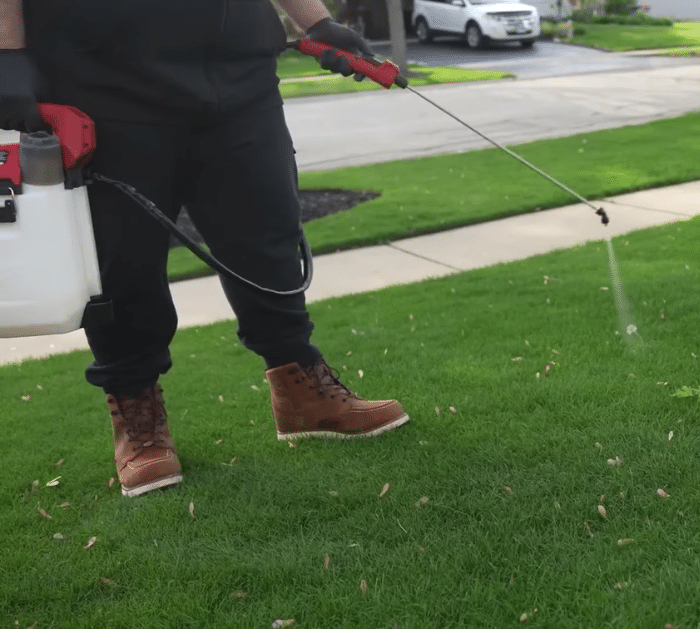
*All these images are credited to How to House via YouTube. Give his channel a visit and subscribe for more!
